Dragon fruit is well-known for its vibrant pink skin and sweet, speckled flesh. Most people enjoy the inside and discard the skin without a thought. But have you ever wondered can you eat dragon fruit skin? And if so, how? Let’s dive into everything you need to know about dragon fruit skin and its uses.
What Exactly Is the Dragon Fruit Skin?
The dragon fruit skin is the thick, leathery outer layer of the fruit. It’s bright pink or sometimes yellow, with scale-like flaps that give it a unique look.
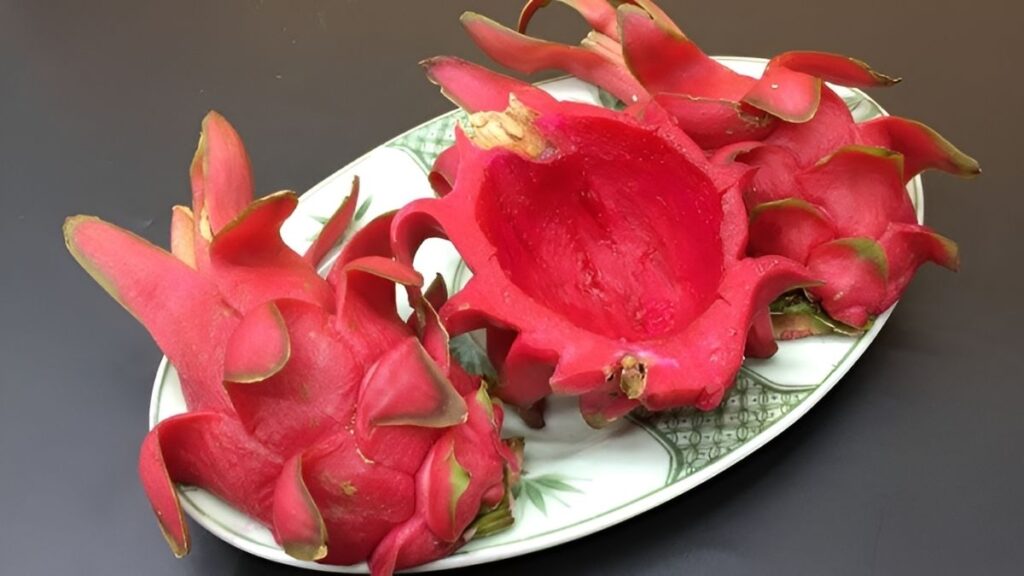
- Contains antioxidants and fiber
- Typically discarded due to tough texture and bitter taste
- Has potential uses beyond just being waste
Understanding this peel can open doors to sustainable and creative uses.
What Is the Nutritional Value of Dragon Fruit Skin?
While the skin is less studied than the flesh, it contains several beneficial components:
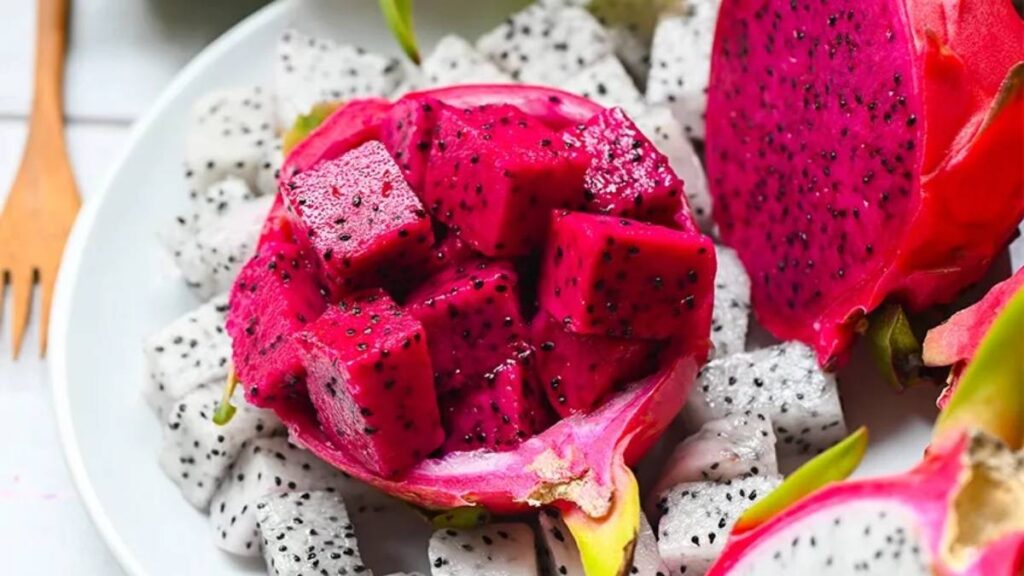
- Antioxidants that fight free radicals
- Dietary fiber that supports digestion
- Bioactive compounds with potential health benefits
Though not commonly consumed, these nutrients make it worth considering.
What’s the Right Way to Prepare Dragon Fruit Skin for Eating?
Dragon fruit skin is not usually eaten raw because it can be bitter and tough. Here are safe ways to prepare it:
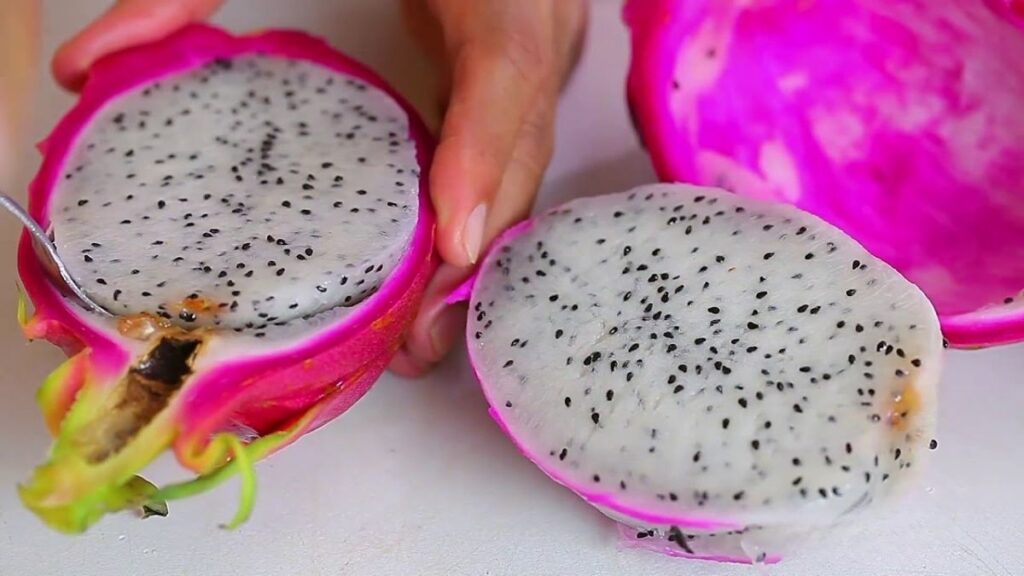
- Wash thoroughly before use
- Boil or steam to soften and reduce bitterness
- Slice thinly for stir-frying or tea
Cooking the skin makes it easier to digest and more palatable.
How I Can Use Dragon Fruit Skin at Home?
Here are simple ways you can use the peel instead of throwing it away:
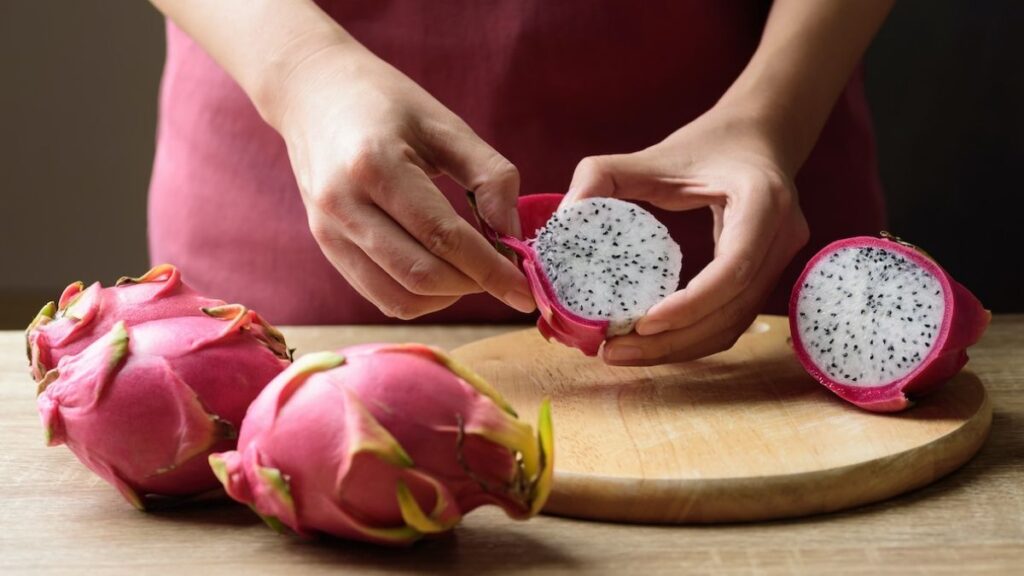
- Make tea: Boil sliced skin for 15-20 minutes and add honey or lemon
- Stir-fry: Thin slices cooked with garlic and soy sauce create a tasty veggie side
- Smoothies: Blend small amounts of steamed skin with other fruits
- Natural dye: Use boiled peel water to dye fabrics or craft projects
These ideas help reduce waste and add nutrition.
What They Are: Common Mistakes With Dragon Fruit Skin
Avoid these pitfalls to safely enjoy dragon fruit skin:
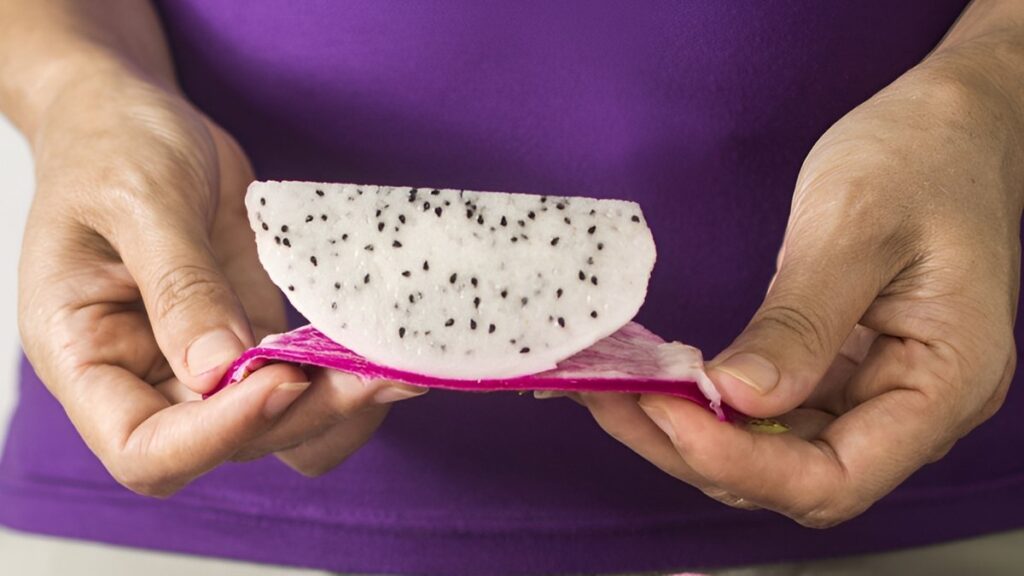
- Eating it raw due to bitterness and digestion issues
- Not washing it, which risks pesticides or bacteria
- Using large amounts initially, which may upset your stomach
- Assuming it has no use and throwing it away
Starting small and cooking the peel is the best way forward.
What Is the Best Way to Store Dragon Fruit Skin?
If you’re not using the skin right away:
- Wash and slice the peel
- Store in an airtight container in the fridge for up to 2 days
- For longer storage, freeze in small portions
- Use within 1 month if frozen
Proper storage maintains freshness and safety.
What Is the Environmental Impact of Using Dragon Fruit Skin?
Using the peel can contribute to zero-waste living by:
- Reducing food waste in your kitchen
- Lowering the environmental footprint of discarded produce
- Encouraging creative, sustainable cooking habits
It’s a small but meaningful way to help the planet.
What Exactly Is the Latest Trend Around Dragon Fruit Skin?
Recently, zero-waste chefs and eco-conscious foodies have started using dragon fruit skin in:
- Herbal teas marketed for antioxidants
- Colorful, nutrient-rich smoothies
- Skincare recipes and natural dyes
This trend is growing as more people look for sustainable food options.
Conclusion
Dragon fruit skin is edible if prepared properly, offering fiber and antioxidants. While not usually eaten raw, boiling, steaming, or stir-frying can unlock its potential. Using the skin reduces waste and adds an interesting twist to your meals or drinks. Next time you enjoy dragon fruit, consider giving the peel a chance before tossing it.
FAQ
1. Can you eat dragon fruit skin raw?
It is not recommended because it’s bitter and hard to digest. Cooking is best.
2. How do you prepare dragon fruit skin for tea?
Slice the skin thin, boil for 15–20 minutes, then strain and add sweetener if desired.
3. What nutrients are in dragon fruit skin?
It contains antioxidants, fiber, and bioactive compounds beneficial to health.
4. How should dragon fruit skin be stored if not used immediately?
Store sliced peel in an airtight container in the fridge for 1-2 days or freeze for up to a month.
5. Why do most people discard dragon fruit skin?
Because of its tough texture, bitterness, and lack of awareness about its uses.



